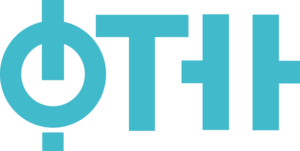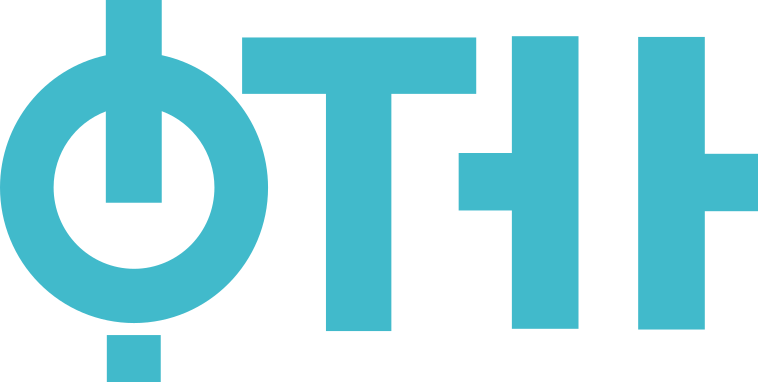Subject: Printing forms (17.F307 )
Native organizations units: Chair of Graphic Engineering and Design
Study programmes of the course:
| Type of studies | Title |
|---|---|
| Undergraduate Academic Studies | Graphic Engineering and Design (Year: 3, Semester: Winter) |
| Category | Professional-applicative |
| Scientific or art field | Grafičko inženjerstvo |
| ECTS | 8 |
Enable students to acquire basic and practical knowledge in the field of preparation and production of printing forms for various printing techniques. Present opportunities related to the electronic preparation of printing sheets - digital layout. Make a clear distinction between the preparation of conventional printing forms and printing forms obtained by CtP technology and familiarize students with all the advantages and disadvantages of the above procedures. Raise the level of awareness about the importance of precisely formulating the printing form, quality control of printing form production and continuously monitoring the development of technology.
After the successful completion of the course, the student should be able to link the basic and theoretical knowledge gained in the lectures with practical knowledge gained from the exercises. The student should have a clear picture regarding certain processes and operators that are used when creating a printing form for various printing techniques and quality control of the printing form. It also needs to be independent in the use of software tools used for digital layout. Knowledge gained in the course of the course is used in professional engagement during the preparation of the printing form as well as the printing process and as a basis for further education in the field.
Digital layut imposition (basics of digital imposition, types and ways of imposition, work in software for digital layout) Printing form for offset printing (material for the preparation of printing forms, the surface characteristics of printing elements and layers of Al2O3, the basic physical and chemical properties of printing components, means of illuminating the conventional printing form, light sources for printing forms, the type of the recording layer, control the quality of making printing forms ) CTP printing form for offset printing (base materials used for the CTP printing components, the type CTP printing components, the light sensitive layer, the structure of device for CtP forms, CTP printing form components of the new generation without a conventional developing, control Quality of printing forms) A wetting agent and the wetting of the printing form for offset printing (surface appearance, the contact angle between the printing form, fountain solution and the color, the role of fountain solution to offset printing, the composition of a fountain solution, the components of a system for the fountain solution, the structure of the system for dampening solution). Printing forms for flexo printing (base materials for the preparation of printing forms for flexo printing, the composition of the printing form for the flexo printing, photopolymer printing forms, the conventional process of making photopolymer printing forms for flexo printing, CtP process of making photopolymer printing forms for flexo printing, modern technology Production of high-printing printing forms, quality control of printing forms) Printing forms for screen printing (materials for the preparation of printing forms, materials used for the frame for the printing form, the conventional method of making printing forms for screen printing, making printing form using CTP technology, quality controls of printing forms) Printing forms for grav printing (basic materials)
Lectures, computer work, laboratory work, consultations, seminar. Lectures and exercises are realized with the help of presentations with numerous practical examples from real systems and video attachments of new production technologies. Computer work are realized with the help of current software tools where students acquire the necessary knowledge on practical examples. Laboratory work provide the opportunity for work in smaller groups and familiarization with the devices used for the production of printing forms for various printing techniques. Students independently approach the development of the given topic of seminar work. On the oral part of the exam, only students who have passed the practical part of the exam, ie students who have previously passed computer and laboratory work and the written part of the exam, are invited to the exam.
| Authors | Title | Year | Publisher | Language |
|---|---|---|---|---|
| 2002 | English | |||
| 2001 | English |
| Course activity | Pre-examination | Obligations | Number of points |
|---|---|---|---|
| Lecture attendance | Yes | Yes | 5.00 |
| Written part of the exam - tasks and theory | No | Yes | 40.00 |
| Computer excersise defence | Yes | Yes | 5.00 |
| Oral part of the exam | No | Yes | 30.00 |
| Term paper | Yes | Yes | 10.00 |
| Laboratory exercise defence | Yes | Yes | 5.00 |
| Laboratory exercise attendance | Yes | Yes | 2.00 |
| Computer exercise attendance | Yes | Yes | 3.00 |
Prof. Pavlović Živko
Full Professor
Lectures
Prof. Kašiković Nemanja
Full Professor
Lectures
Prof. Pavlović Živko
Full Professor
Laboratory classes
Asistent sa doktoratom dr Milošević Rastko
Assistant with PhD
Laboratory classes

Assistant - Master Maričić Katarina
Assistant - Master
Laboratory classes
Assoc. Prof. Adamović Savka
Associate Professor
Laboratory classes

Assistant - Master Gvoka Teodora
Assistant - Master
Laboratory classes
Faculty of Technical Sciences

© 2024. Faculty of Technical Sciences.
Contact:
Address: Trg Dositeja Obradovića 6, 21102 Novi Sad
© 2024. Faculty of Technical Sciences.



